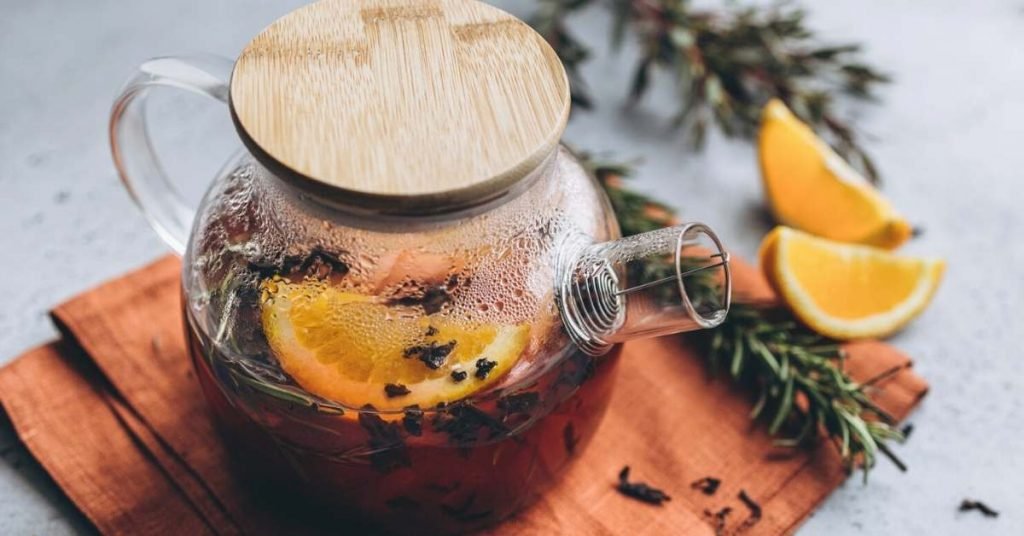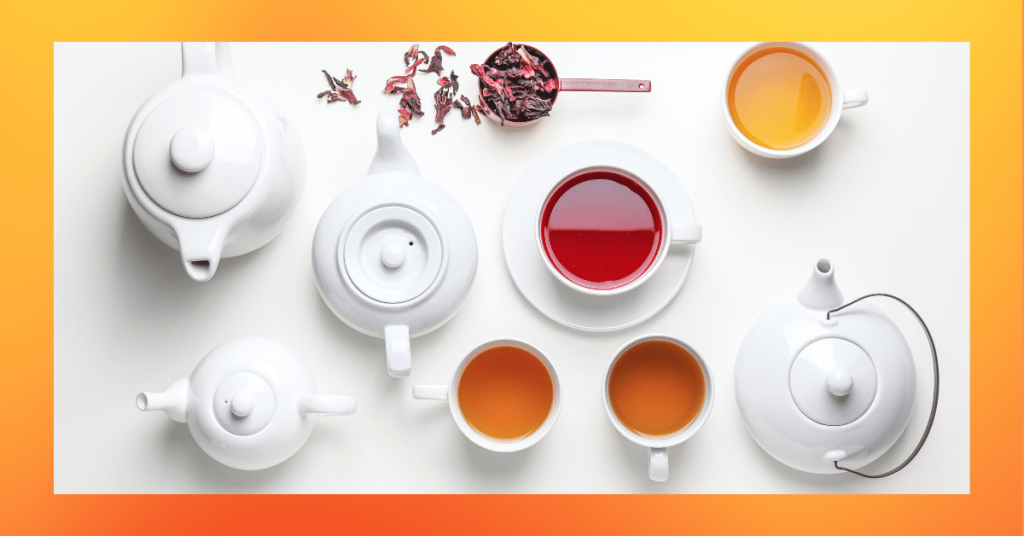Slovenia consumes 0.2 lb of tea per capita per year.
The nation indulges its senses mostly with herbal and fruit-infused teas.
However, there are tea houses across the country that offer a variety of over 80 tea blends, including Green, Black, Oolong, and White.
History of Tea in Slovenia
Tea in Slovenia exists since always. Most of the herbs they use for brewing grow in the local foothills and valleys.
There’s a legend in Slovenia that certain teas are key to immortality and eternal health, but no one would reveal what does are.
Mint, lavender, marjoram, lemon balm, chamomile, and sage are some of the most common plants in the country, cultivated on over 20 local herb farms.
Tea Culture in Slovenia
Slovenians drink their herbal teas with honey (locally produced) and lemon.
The ones who prefer a warm Black tea in one of the tea houses also add milk to it.
Fruit-infused teas from Slovenia include raspberries, strawberries, and apricots.
A delicious slice of cake or a pie is a common sight during tea time in the European greenest country.
Tea is consumed mostly during the winter months, while it’s harvested and dried during the summer.
Countryside people usually harvest herbs from the nearby meadows and dry them for their proper use.
Slovenia is abundant with medicinal and aromatic herbs, so it’s easy for the locals to prepare their own brew from scratch.
The teatime in the country depends on individual preferences. Some prefer their tea in the morning, while others before bedtime.
Tea tourism is one of the most attractive offers in the country, presenting Slovenia’s rich and endless herbal treasure.
MEDICAL DISCLAIMER
Itsnevernotteatime.com cannot and does not contain medical/health advice. The medical/health information is provided for general and educational purposes only and is not a substitute for professional advice.




